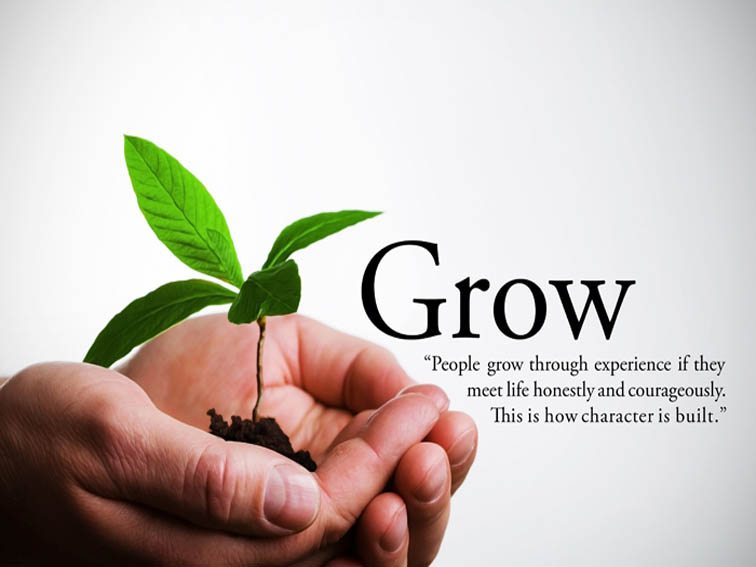 by Dawn Casey-Rowe, Social Studies & Educational Technology Teacher
by Dawn Casey-Rowe, Social Studies & Educational Technology Teacher
I fed them edamame.
We were having a contest to wrap up the end of unit on Japan. One student informed me he didn’t like vegetables. Was I feeding him a vegetable? Another student said that she didn’t like vegetables before, but she did now–she was glad she tried something new.
A little later in the year, I planted plants with the students. I offered a few points on the final exam if they could keep the plant alive.
“How will you know if we do?” they asked.
“Because you’ll tell me. You can even send me a photo.” I said.
“What if we lie?” Students think of everything.
“You won’t. I’m treating you like an adult, and you’d feel too guilty.” Guilt. That usually does the trick. Actually, the “You don’t want to disappoint me,” is usually good for an extra hour or two of self-directed intrinsic learning. It’s a nice trick.
“What do I do with this plant, Miss?” a student asked.
“You water it. Keep in the sun, and put it in a new pot when it gets big.” I didn’t realize I had to start from the basics–this was high school. Hadn’t they seen a plant before?
The students dug in to the assignment, selecting peat pots, choosing from seeds, and writing their names on the dixie-cup “pots.” They watered and they waited. Some left the cups in my room, and others took them home right away so “no one will mess with my plant.”
Over time, I watched students filter in and out of my room to check on plants. They emailed me pictures when the plants first broke soil. They were excited to see the life, the growth. Over the summer, I got even more pictures, and pride as the first cherry tomatoes exploded from the vines.
First thing next fall, a student stormed into my room. “Miss!” he fumed. I thought there was a national emergency, “How do you keep your neighbors from eating your tomatoes!”
I was humbled. One simple lesson had made an impact months down the road.
It mattered.
 Twelve years in teaching and I had overlooked something I love dearly, the natural world. Most of my students are urban. The natural world is a marvelous thing–one that they don’t often get to see, and in years of conversations, I’d been all talk and little action, until one day, we planted plants. Now, I make it a point to embed references to the natural world in whatever course I’m teaching. There is no course I’ve taught in which this cannot be done.
Twelve years in teaching and I had overlooked something I love dearly, the natural world. Most of my students are urban. The natural world is a marvelous thing–one that they don’t often get to see, and in years of conversations, I’d been all talk and little action, until one day, we planted plants. Now, I make it a point to embed references to the natural world in whatever course I’m teaching. There is no course I’ve taught in which this cannot be done.
I’ve discussed urban gardening, sustainability, and permaculture. I’ve used several BBC documentary features, which have the most stunning natural photography clips in the world. Features like “How to Grow a Planet” or “12 Deadly Predators” engage students. Students love this. What was a discussion about climate change, or the impact of people on the environment gets turned into a course on geopolitics, cause and effect, and social justice.
In discussing tomatoes, the conversation quickly turned to the rights of agricultural workers, human slavery and trafficking, and whether Americans are responsible for some of these injustices as a result of our purchasing decisions. These are the questions that matter.
A discussion on water conservation directed student to water rights world-wide, and how the geopolitics of water may soon surpass the oil and mineral wars we now see in many parts of the world. Talking about colonization led us to whether it was right or wrong for a nation to be able to buy up arable land in continents like Africa to feed it’s own people–about who really owns the land, who should have access, and about food availability, not only in far-away lands, but in the local community. The natural world relates to everything–from right outside the world to politics and social justice throughout the globe.
All this starts with one plant. Maybe it’ll end with a school garden.
When I see all the changes in education lately, it’s easy to get distracted. Technology gives me access to the entire world in the space of my hand. I can pipe in issues from anywhere in the universe using my Learnist boards, YouTube, or even partnerships with other classes joining innovative EdTech startups like Penpal News.
I can link, direct, and interact with the natural world. But to get students out there–looking at a plant, interacting with a field study, or noticing the beauty around them–that’s priceless.
Image attribution flickr users rhleaf and defkreationz
